

Bridging the AI Gap Between Young and Senior Workers: An Insightful Survey
The Expanding AI Gap Between Young and Senior Workers
Artificial Intelligence (AI) is becoming a significant tool in modern workplaces, yet its adoption reveals a stark divide between generations. A recent survey conducted by BEYOND AGE, a company based in Tokyo, aimed to uncover the current landscape of generational use of Generative AI technologies, particularly between workers in their 20s and those in their 50s. The findings underscore a noticeable disparity in familiarity and usage patterns of AI tools across age groups.
Key Findings from the Survey
The survey, carried out between June 11 and June 12, 2025, with 1,005 participants consisting of employees from both age groups, reveals alarming trends:
- - Only 59.2% of workers in their 20s reported having experience with Generative AI, compared to merely 39.4% in their 50s.
- - The average usage among 20-somethings stands at approximately 1 hour, four days a week, whereas their older counterparts use it for less than 30 minutes once a week.
- - A distinction in application emerged: The younger demographic predominantly engages in idea generation and brainstorming, while seniors focus on summarizing and creating written content.
- - Tools like ChatGPT are standard among both groups, yet the younger generation is more inclined to explore emerging technologies like Claude and Runway, while seniors stick mainly to established tools.
Generational Insights on AI Use
When analyzing the frequency and duration of AI usage, the differences become more pronounced:
20s Users:
- - Frequency: Over 40% use AI four days a week or more.
- - Average Time: Most report using it for between 30 minutes to two hours a day.
In contrast, the users in their 50s exhibit the following:
- - Frequency: About 37.4% engage with AI tools just once a week.
- - Average Time: Over 51% use it for less than 30 minutes a day.
This gap reflects not only comfort levels but also a fundamental difference in how younger workers adapt to new technologies compared to their senior colleagues, who often revert to traditional work methods.
Breakdown of AI Application
When it comes to specific tasks where AI is employed, there's a divergence in focus:
- - The younger generation frequently utilizes AI for brainstorming, summarizing documents, and drafting communication.
- - Conversely, the older demographic primarily uses it for information organization and data analysis.
Both groups share the common objective of alleviating mundane tasks through AI, but seniors tend to delegate repetitive and procedural tasks, while the young incorporate AI to enhance creativity and innovation in their workflows.
Tool Preferences: A Generational Divide
The survey results also highlighted distinct preferences for tools:
- - ChatGPT remains a favorite across both generations, but the younger group shows a distinct inclination towards platforms like Google Gemini and Microsoft Copilot. This indicates an eagerness to leverage newer tools that complement AI capabilities in more diverse applications.
- - Noticing the vast gap in use of newer AI technologies, seniors utilize these emerging tools far less—50% less than their younger counterparts—highlighting a significant comfort level with traditional solutions.
Concerns About AI
Respondents were asked about their concerns regarding AI. The younger group expressed notable anxiety about data security and misinformation, while seniors were more preoccupied with reliability and trustworthiness of AI outputs. Seniors’ apprehensions may stem from their extensive career knowledge, making them more skeptical of AI’s reliability in critical tasks. Conversely, 20-somethings, in their pursuit of skill enhancement, embrace AI for its potential benefits, albeit with some reservations.
Support Needs
When questioned about support in AI utilization, the responses diverged sharply:
- - Younger workers seek practical prompts and templates to boost their productivity.
- - On the other hand, seniors expressed a clear demand for basic training and e-learning services to understand AI functionalities better.
This disparity highlights a crucial gap where the older generation seeks foundational understanding, while younger workers look for advanced applications of skills already acquired during their formative years.
Conclusion: Embracing Technology Together
The findings from this survey offer vital insights into the generational AI gap. As AI technologies become central to workplace efficiency, organizations must focus on creating educational pathways that cater to both ends of the spectrum. For seniors, embracing AI can significantly enhance their career potential, leveraging their years of experience to apply AI in nuanced ways. There’s still much work to do to ensure that both young and senior workers understand the tools at their disposal and can effectively integrate them into their daily operations.
To bridge this gap, BEYOND AGE offers free courses tailored for seniors to learn about AI, ensuring they can embrace this powerful technology without feeling overwhelmed. By fostering collaboration between generations, we can help create a future where both young and experienced workers thrive, contributing to innovations across industries.
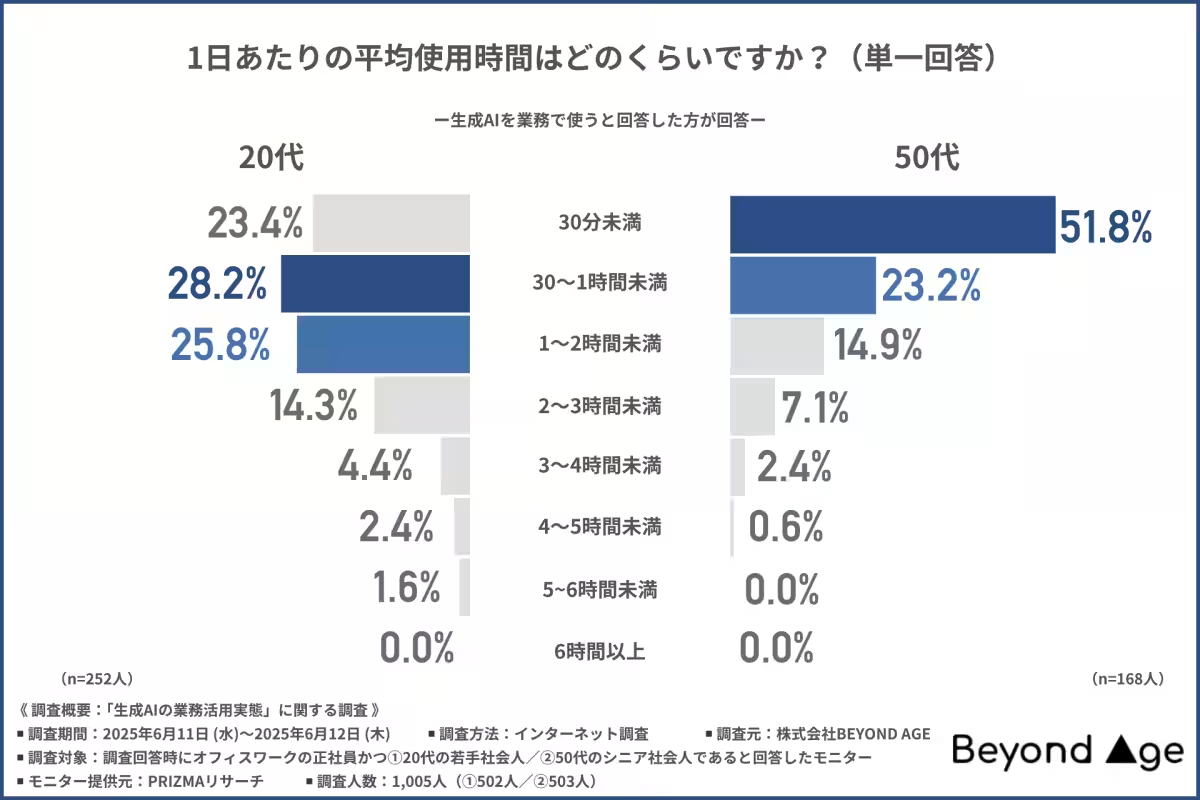
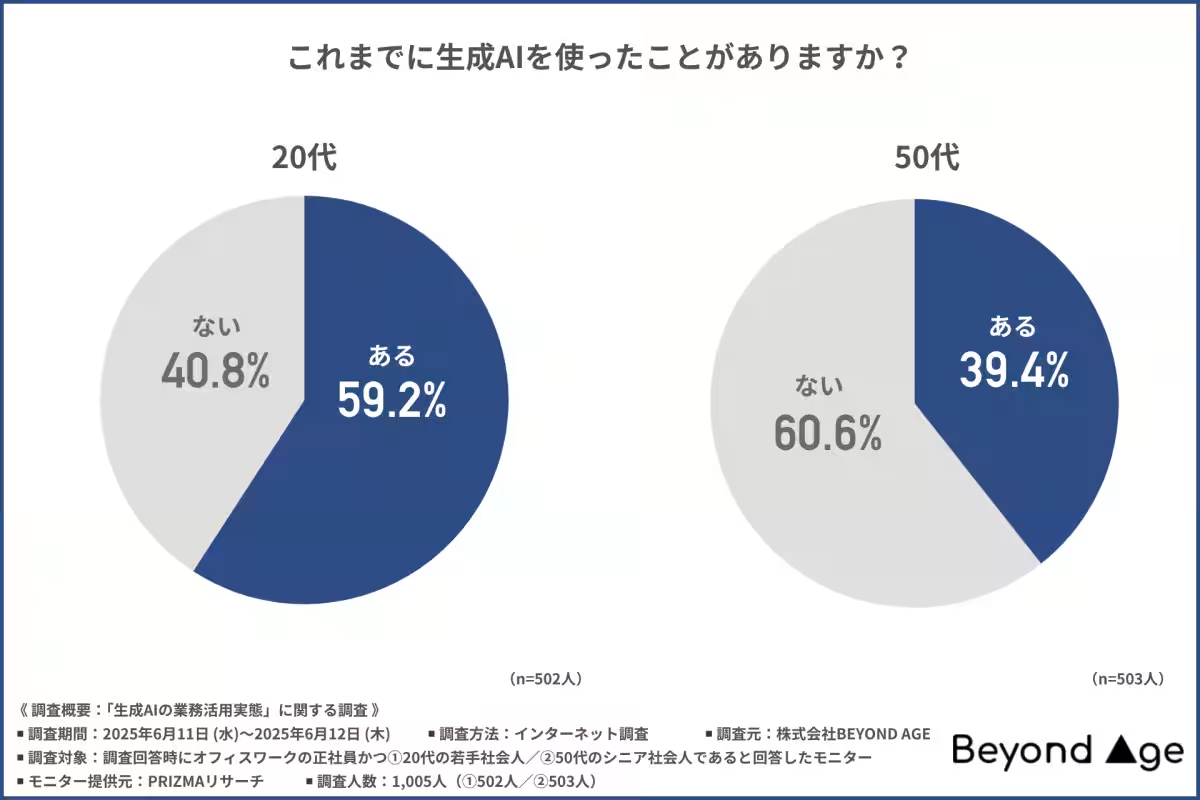
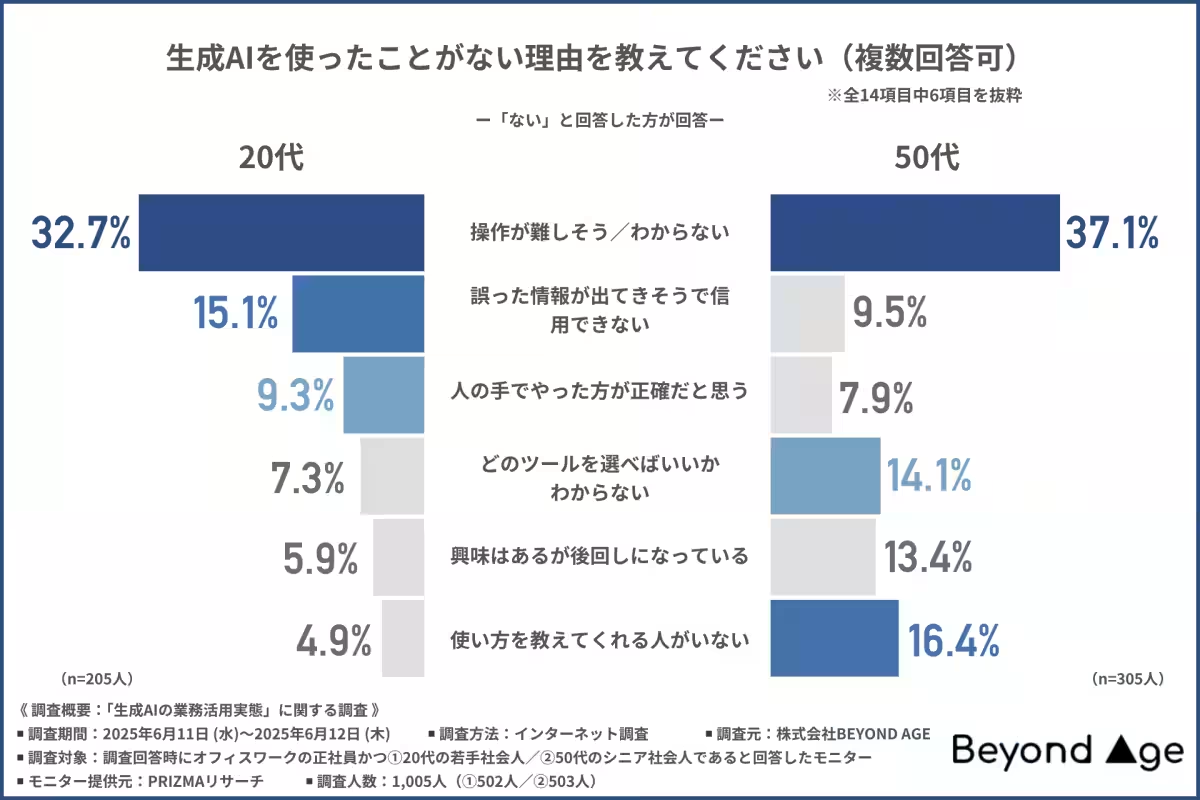
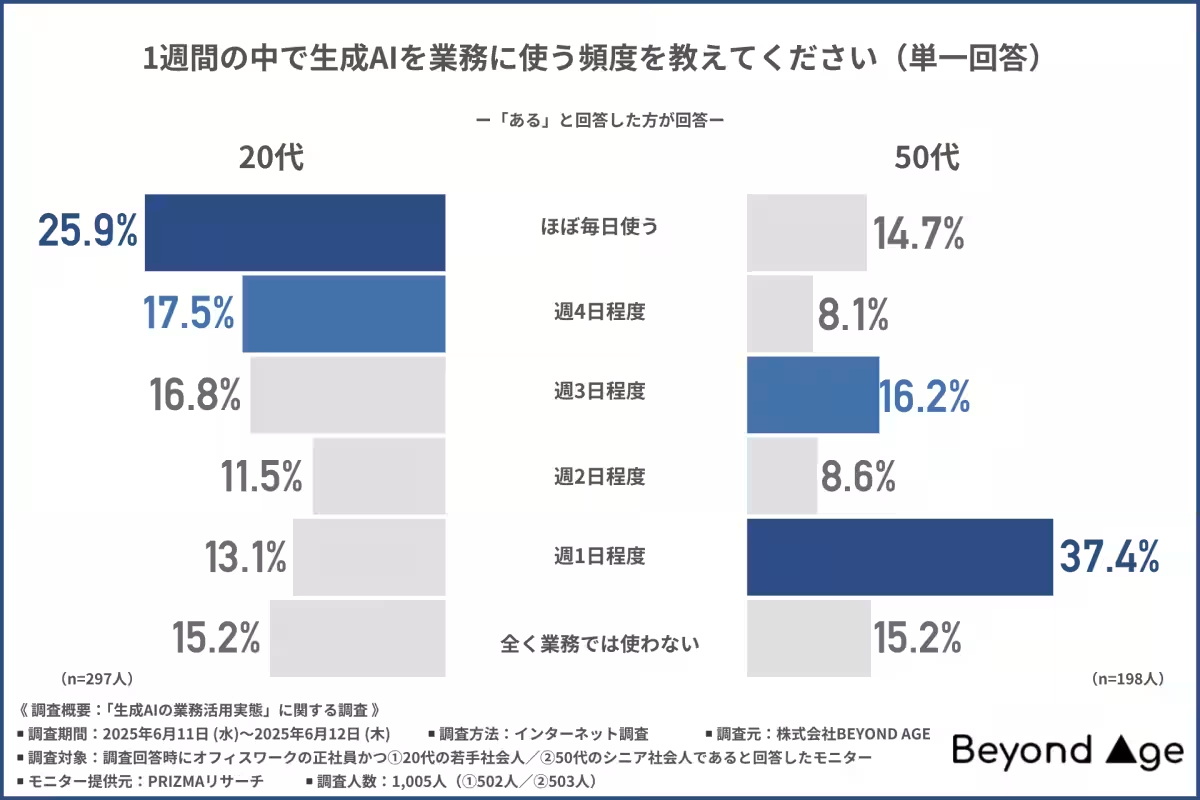
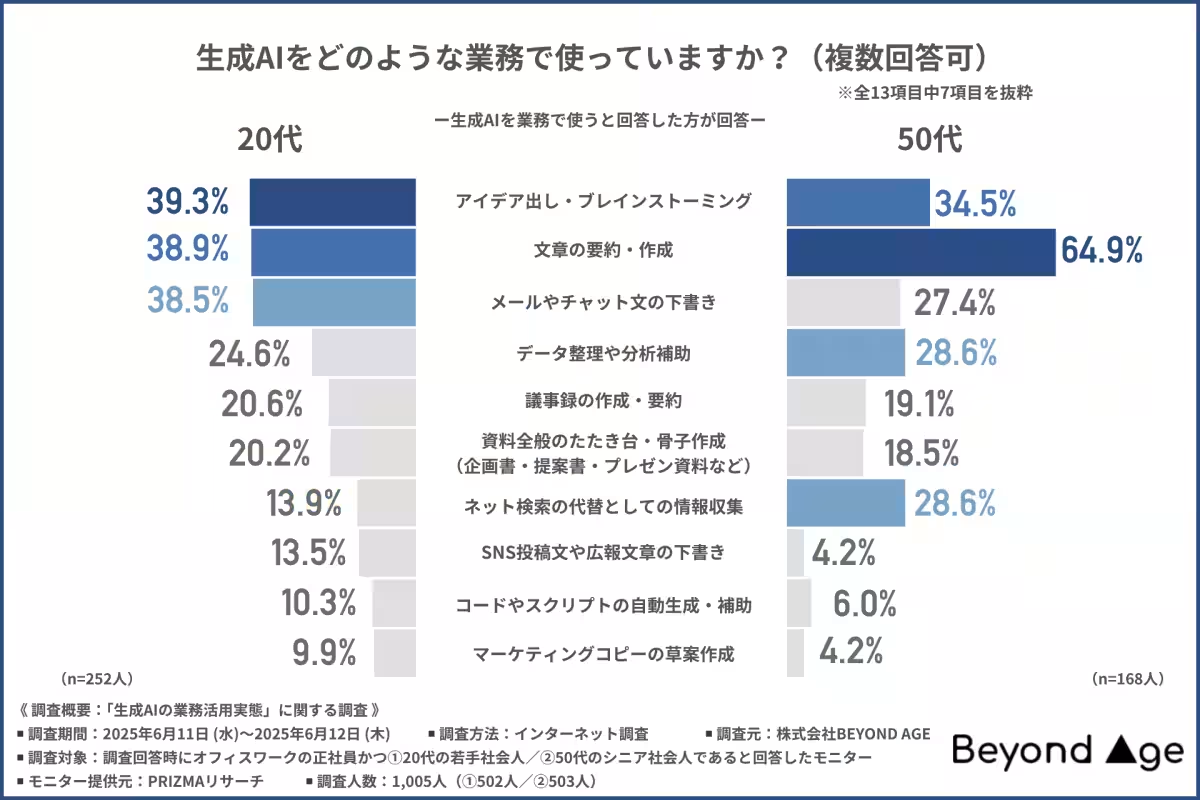
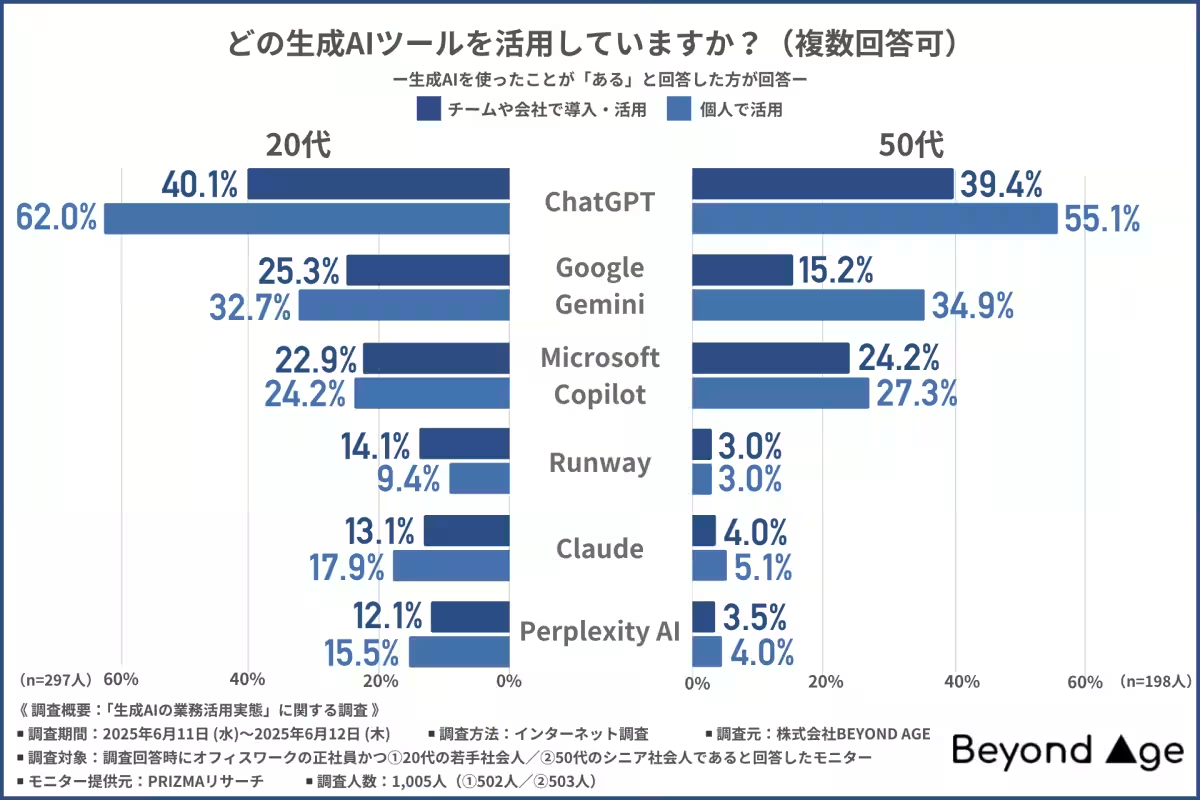
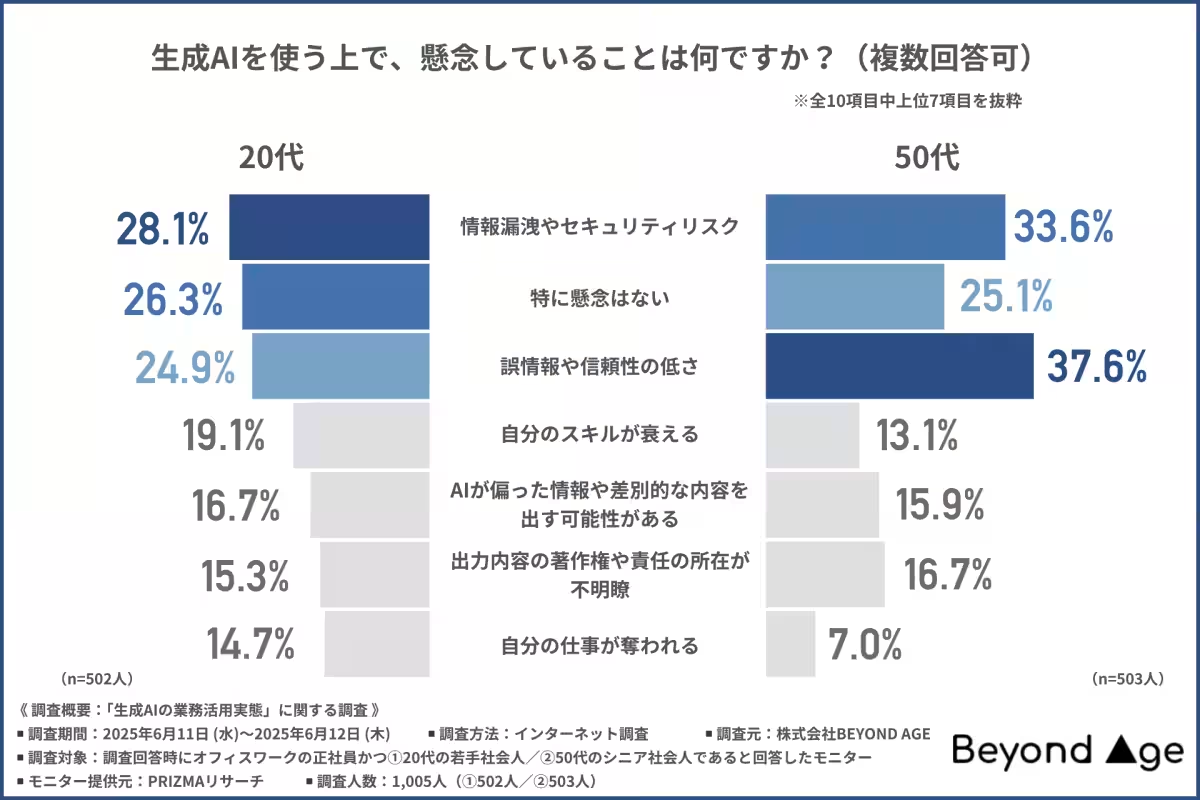
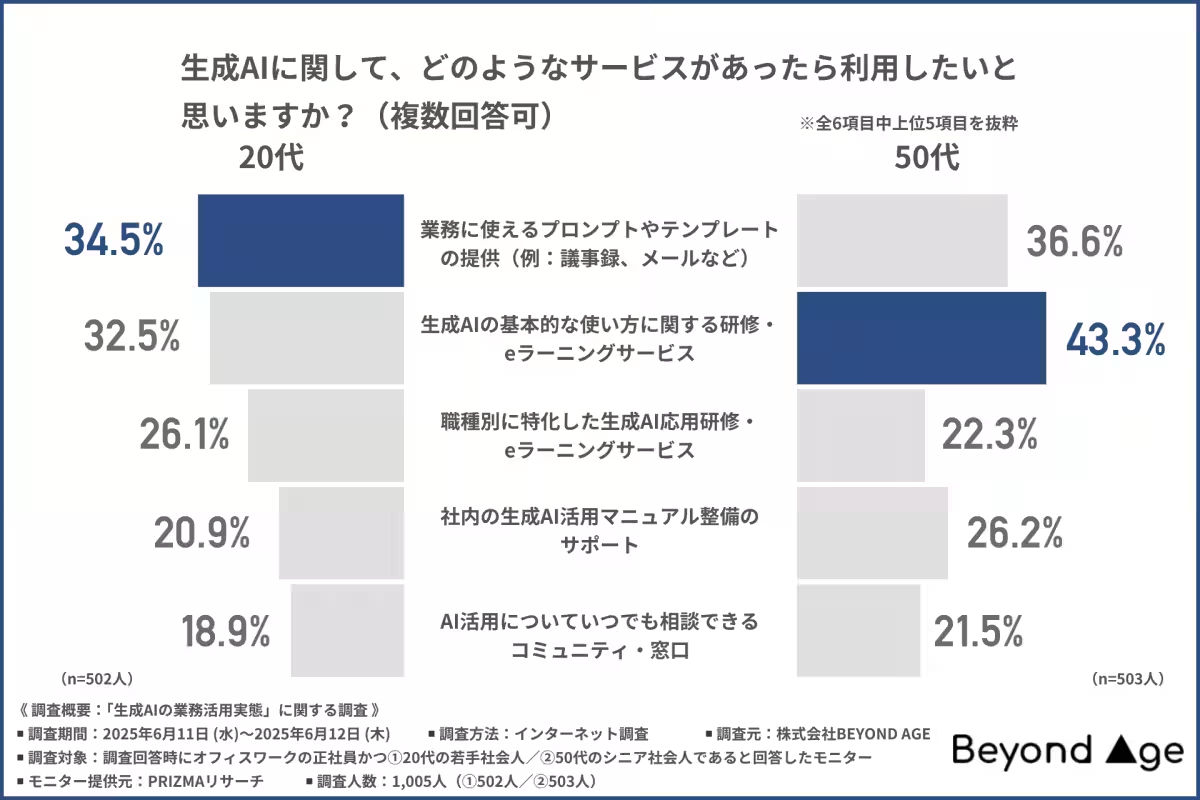
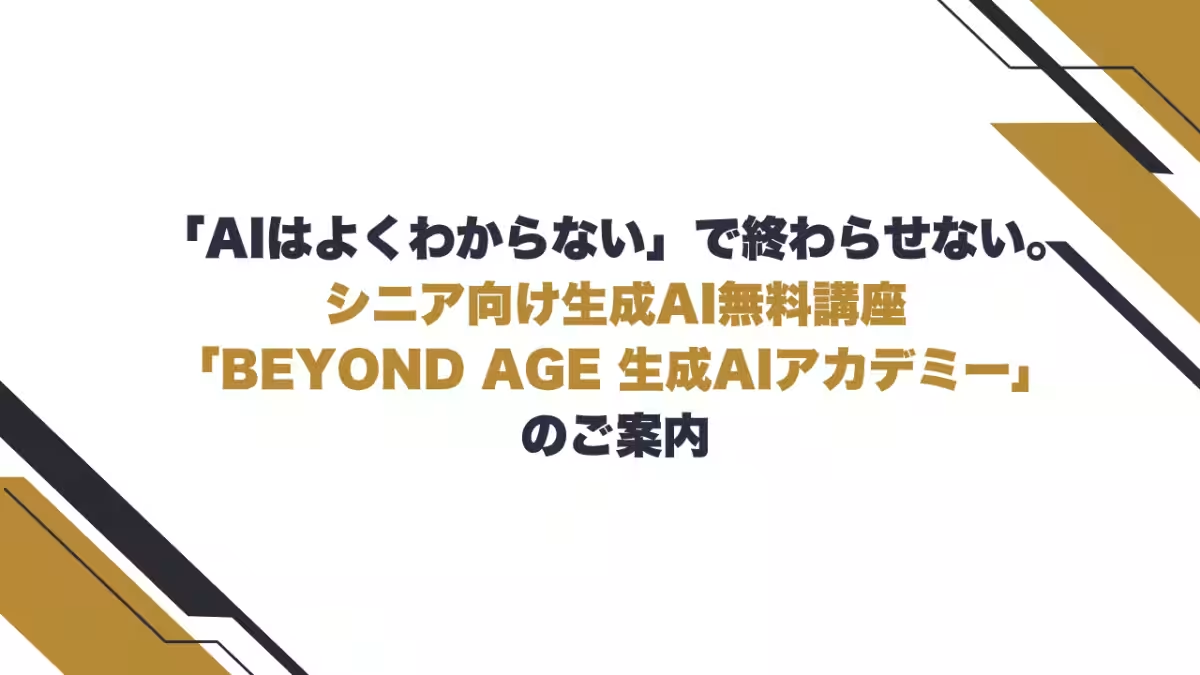
Topics People & Culture)










【About Using Articles】
You can freely use the title and article content by linking to the page where the article is posted.
※ Images cannot be used.
【About Links】
Links are free to use.